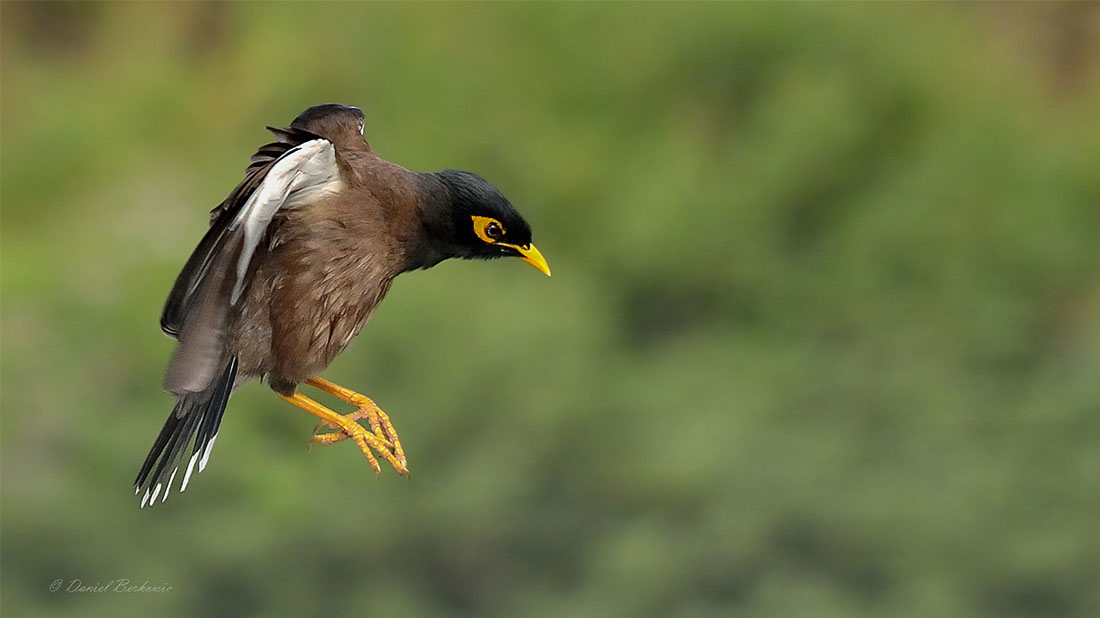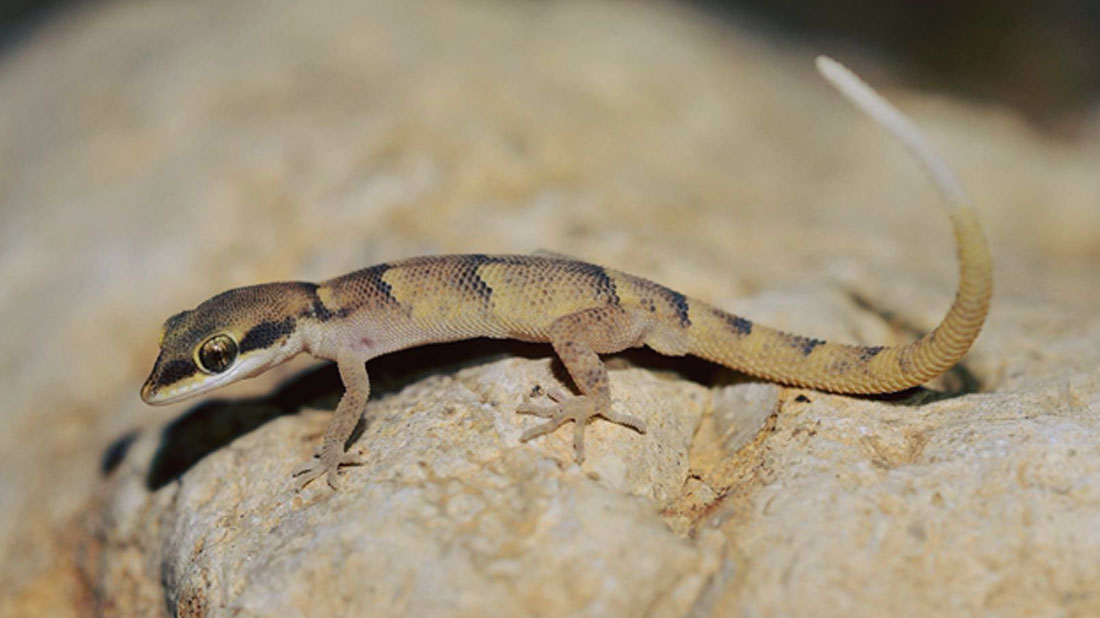Each year, about 500 million birds migrate over Israel, due to its unique location as a bridge between three continents – Europe, Asia and Africa. In the autumn most of the birds migrate to Africa, and in the spring they return to Europe and Asia; some of them spend the winter (overwinter) in Israel or return to breed here in the summer.
Most of the large birds migrate by soaring, exploiting warm air currents that rise from the ground during the day; therefore, they avoid passing over the sea, preferring to fly a longer route over land. Small birds such as songbirds do not soar. They usually migrate at night to avoid predators and enjoy the pleasant temperatures. They also usually prefer to migrate over land, along a route that allows them to stop to rest and forage for food.
The display of migrating birds, hanging in the entrance lobby of the museum, demonstrates the flight of birds across Israel’s skies – from the common chiffchaff, which is the smallest bird on display, to the common pelican, which is the largest bird on display. Sixty-five birds are displayed in this exhibition, including Bonelli’s eagle, an endangered bird of prey breeding in Israel, and the common crane, which comes each year to spend the winter at Agamon Hula.














